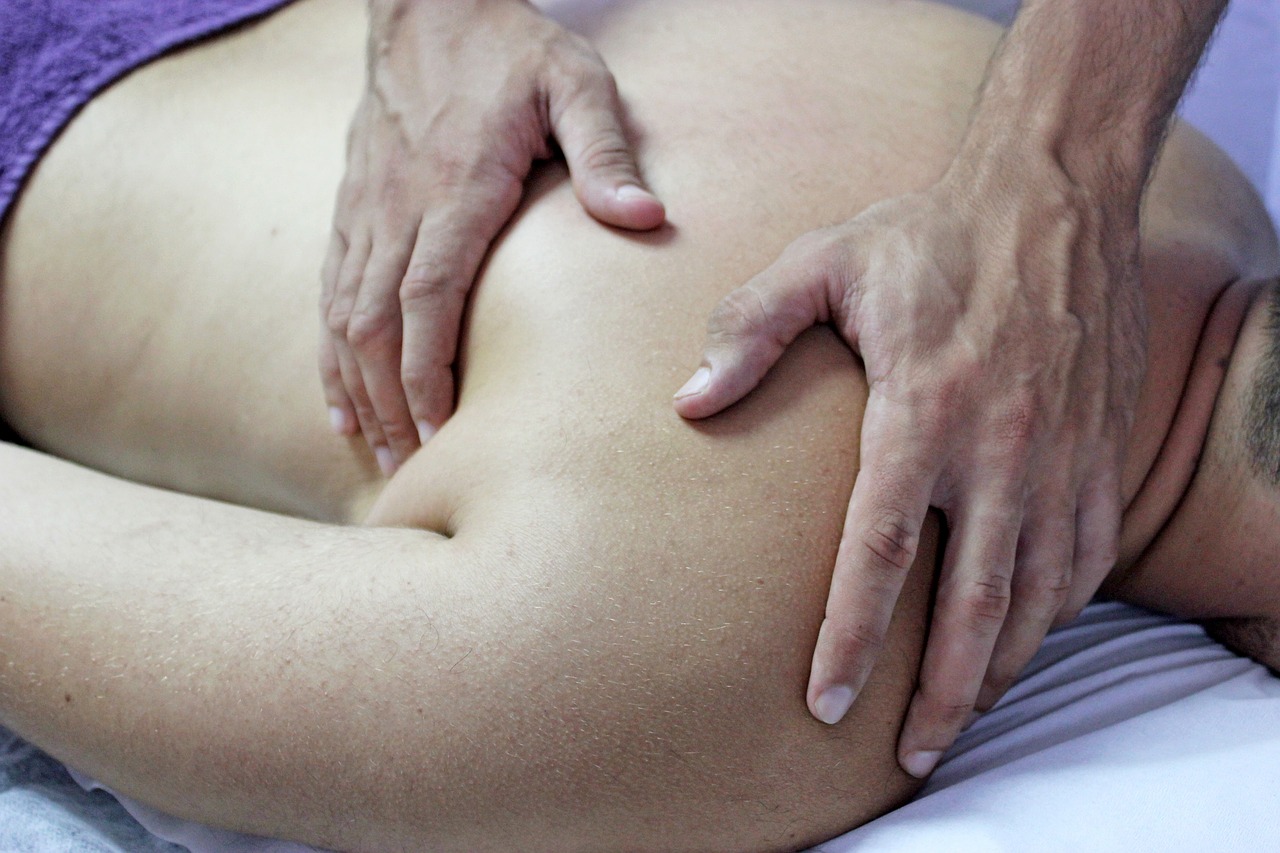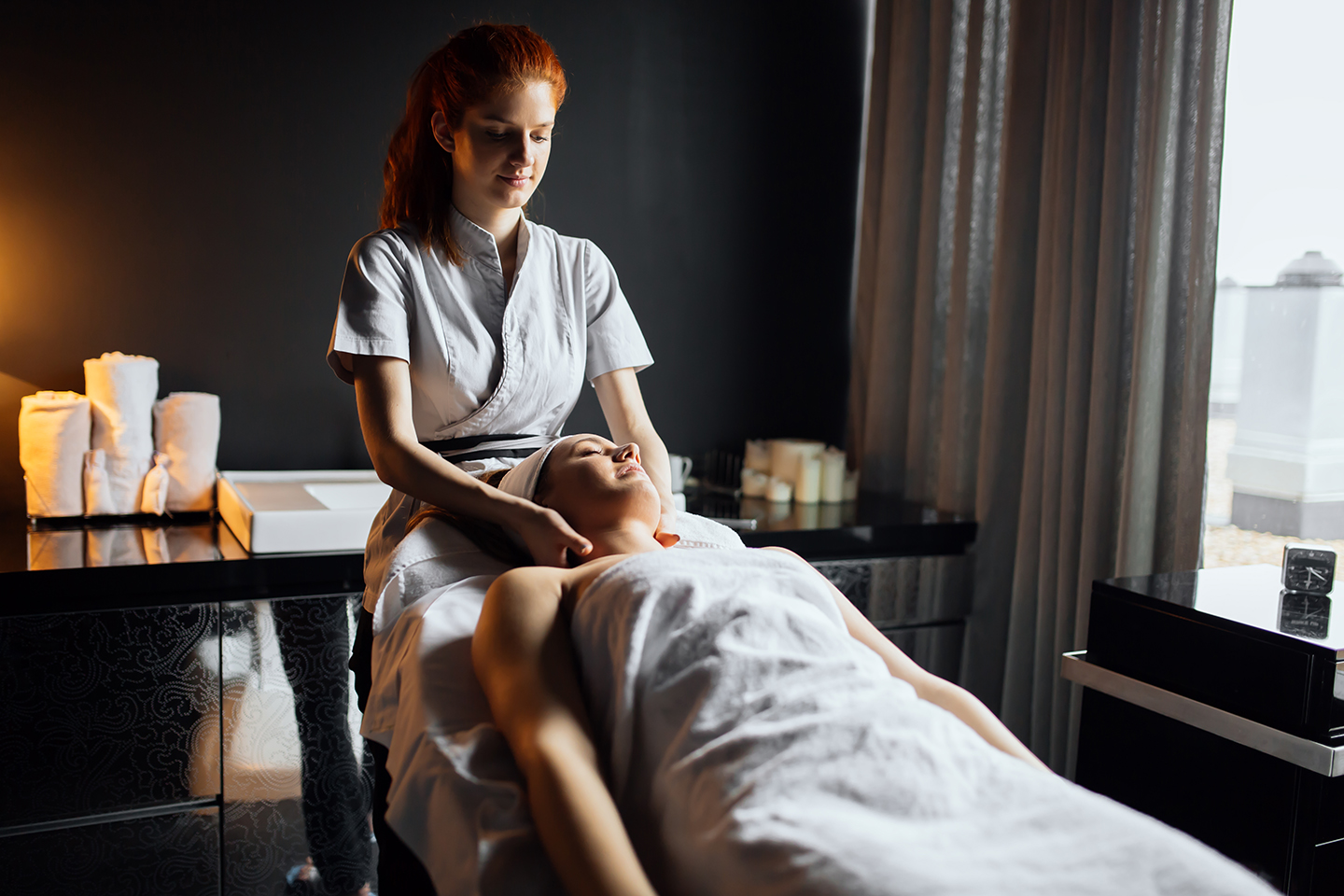Therapists are healers at heart; anyone who chooses to become a massage therapist is inspired to help others. Yet through lack of awareness around body size, therapists may unwittingly make clients feel uncomfortable. And while massage schools in Oregon and elsewhere train budding therapists in body mechanics and client care, massage therapy classes do not always account for bigger bodies. Today we’re taking a look at how to help clients feel at ease, no matter their body size. We include tips for helping larger clients feel comfortable, including space and positioning considerations, intake forms, and more. We also touch on how carrying extra weight may impact larger clients physiologically and psychologically.
Let’s begin with language. While the clinical term for being overweight is “obese,” many people in this category prefer being called “fat.” Because we operate from a clinical perspective, we will usually refer to obesity, but when working with clients you may find it helpful to simply ask which term they prefer, if you must refer to a client’s size.
If reading the words “obese” or “fat” made you feel a little uncomfortable, you’re not alone. Our entire culture is set up to judge and shame people into thinking they should get thin or stay thin. However, size alone is not a good indicator of metabolic health. Indeed, as the New York Times reports, metabolic health is not directly correlated with body size. In other words, a thin person may have poorer metabolism and overall health than a fat person. As massage therapists, we know our work will not change a person’s body size or weight. It is not our duty to provide weight interventions. Yet unconscious bias—accumulated over years in our judgmental culture—may be communicated to your clients if you do not confront your own thoughts on size. Otherwise, your underlying energy of judgement will be communicated to your clients. Overt or subtle discrimination in healthcare settings often leads clients to avoid medical settings altogether.
So how can we help? By providing a welcoming, warm place of healing for all. After all, people with a strong social support system are more likely to live longer, according to a meta-analysis of 148 studies, conducted by BYU researcher Julianne Holt-Lunstad. How can you be a positive part of your clients’ social support networks? Read on to discover how you can revamp your massage practice with overweigh clients in mind.
Massage Space Considerations for Obese Clients
Take a new perspective from the viewpoint of heavier clients. Where might they feel uncomfortable? Would chair armrests in your waiting room feel constrictive? Chairs should be sturdy, not too low, and easy to sit down in and get up from comfortably. Consider how climbing onto your table would feel with extra weight. Would a larger person have room to maneuver comfortably throughout your area? If your space is on an upper level, do clients have the option to take an elevator instead of the stairs? Wide doorways, ramps, and restrooms with assist bars are good for universal accessibility, regardless of client size.
Intake Forms and Marketing Materials can be another sore point for obese clients. If your marketing pictures (on blogs, websites, pamphlets, etc.) show thin people exclusively, opt for more inclusive pictures. Avoid any intake form language around size or weight—instead, leave room for clients to express their own health concerns and massage therapy goals.
Massage Table Set Up and Positioning for Obese Clients
A wide, sturdy massage table is a must. Also check the specs. What is the working load and static load? The static load describes what a piece of furniture can sustain without any movement. The working load indicates how much weight a piece can hold with motion—this will be a better indicator of what the table will hold under the client’s weight as well as the therapist’s pressure. To ensure safety, maximize the working load.
Ask all clients what they would like for relaxation—“Would you like pillows or blankets for extra support? Speak up if there’s anything that will help you relax more deeply into comfort.” Have a step stool handy, as getting on and off the table may prove difficult for larger clients. Finally, if you must have the client turn over, offer the opportunity to get off the table entirely, and then back on. For some, this will be easiest. You may offer to help drape the client if your assistance is needed, or you can suggest that you step out momentarily if the client prefers privacy while repositioning.
Finally, for your own body mechanics, it may behoove you to lower the height of your table, or even work with the client lying on the ground (with comfortable pillows/blankets/padding below them, of course). A side-lying position may be best, as it helps offset the breathing challenges some obese individuals experience in prone or supine positions.
Massage Therapist Positioning for Obese Clients
Always keep your own body in as neutral a position as possible. Aim for straight wrists, a straight back (not twisted or bent), and remember to bend your knees when lifting or moving a body part. You may also consider working with the client side-lying on the table, while you work from a standing or sitting position.
Massage Therapy for Obese Clientele: Physiological & Psychological Factors
Carrying extra weight tends to put extra pressure on a person’s knees, hips, low back, and feet. Obese individuals may also experience neck pain. If obesity is accompanied by a sedentary lifestyle, circulation may be compromised, as may range of motion. Edema and high blood pressure may also be present. Here are a few more physiological considerations for obese clients:
- Don’t assume you must always use deep pressure. While you may not be able to feel bone or muscle landmarks, your client may feel more than you realize.
- Fat tissue is avascular; it has fewer blood vessels than other tissues. Therefore, it needs to be warmed up thoroughly, with light strokes such as used in Swedish massage.
- Be gentle and patient, especially as you begin. Many bigger people experience near-constant, low-level pain, and they will appreciate you checking in with them to see if your work feels good. (Again, this is good advice for all)
As for psychological considerations, keep in mind that obese individuals suffer higher levels of depression, social anxiety, isolation, anxiety, and low self-esteem—not too surprising, given that many people automatically associate obesity with laziness, lack of success, unpleasantness, and even stupidity. Of course, many fat people are able to overcome these unfair assumptions. Yet even the best-adjusted individual can feel vulnerable when entrusting their body into our hands.
Go the extra mile to create a safe, accepting environment in your massage space. Do not offer diet or exercise advice unless the client requests such information—and only if this advice is within your scope of practice. Since massage therapists typically aren’t trained in nutrition, you would generally need additional education in this area. Unsolicited lectures tend to drive people away from medical care. If the client begins expressing negative thoughts about their body, you might gently offer them an alternate perspective such as “Your body is capable of amazing things—breathing, moving, experiencing sensation, etc. I’m so glad you came in today so that we could offer your body some care, comfort and acknowledgement of all it does for you.”
To conclude, we encourage you to continue to reflect on how your own assumptions and unconscious biases may impact your massage clients’ experiences. Regularly brushing up on your skills and knowledge is a great habit for self-awareness. We offer continuing massage therapy classes at our new location in downtown Portland, Oregon. Learn more at our massage therapy continuing education website.




